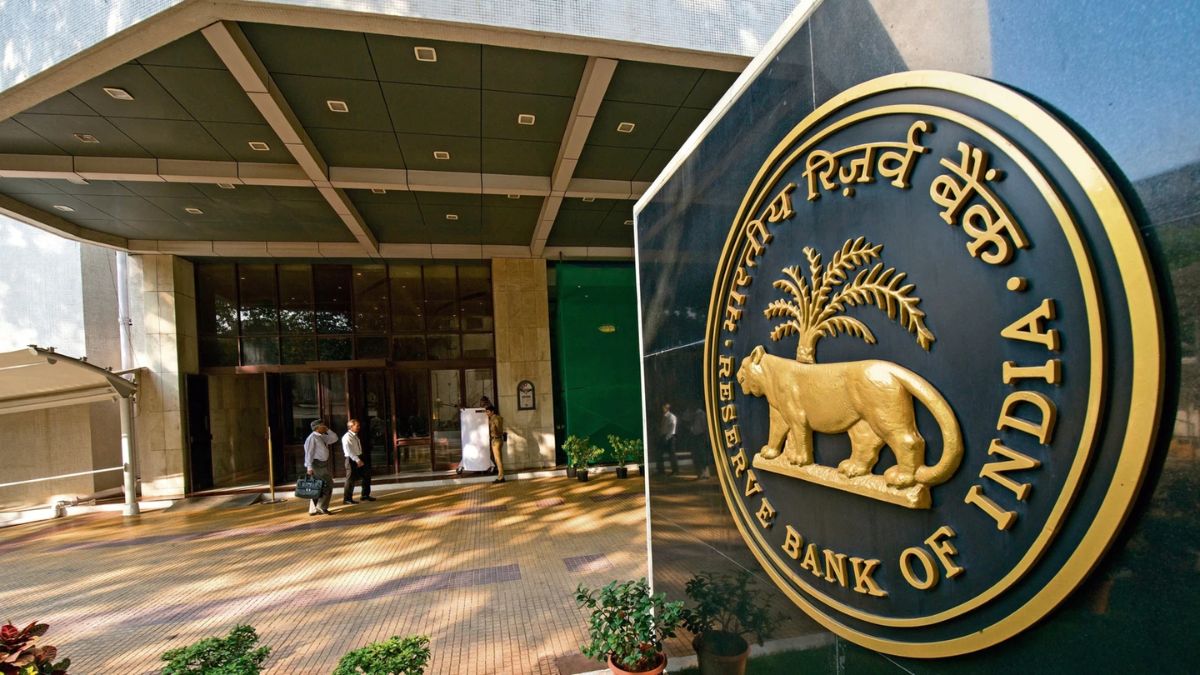Despite the fact that the Reserve Bank of India (RBI) did not adjust the interest rates, those who are hoping for a decrease in the repo rate, which is the interest paid by banks for the cash borrowed from the central bank, are not likely to be encouraged by the indicators that are emerging.
Many industry professionals are of the opinion that the greater focus on bringing inflation down to the RBI’s objective of 4 percent may imply that any rate reduction if they are to occur at all, would occur later than the majority of people had expected up to this point.
The Chief Economist of Deutsche Bank, Kaushik Das, said in an interview with CNBC-TV18 that those individuals anticipating the beginning of the rate decrease to begin in October would be left disappointed. There is a general agreement that this year’s growth will be 6 percent, whereas RBI predicts 6.5 percent. However, if RBI’s projections come true, the timing for a rate reduction will be pushed back, and it is likely that RBI won’t begin lowering interest rates until April of the following year. “For the time being, we are in the midst of a protracted and extended pause,” he said.
There are more besides Das. Even Amandeep Chopra, Group President and Head-Fixed Income, UTI MF, and Ashwini Kumar Tewari, MD-Risk Compliance & Sarg, at the State Bank of India, were of the opinion that the earliest one can anticipate a drop in benchmark lending rates by the RBI is in February of 2024. This is because they believe that the RBI would have to collect more data before making a decision.
Repo rates are used as a benchmark for determining the interest rates on bank loans. These rates are used for anything from house to car and business loans. Therefore, the Reserve Bank of India (RBI) will have to take the initiative to lower banks’ interest rates.
The cautious remark was instigated by Governor Das, who, in his talk after the most recent monetary policy review, said that it is essential to keep an “Arjuna’s eye” on inflation. This statement provided the impetus for the cautious comments. This is a reference to a story from the Mahabharata, which is a portion of Indian mythology. In this story, the ability of the protagonist Arjuna to strike his target has become a benchmark for resolve, focus, and excellent marksmanship.
The fact that Das has frequently cited the objective of 4 percent for retail inflation, while at the same time failing to underline the 2 percent wiggle space (i.e. up to 6%) that the inflation targeting framework affords him, is being interpreted as a hint that the Reserve Bank of India is becoming more hawkish than the market had anticipated.
As a result of the comments provided by the Governor of the RBI, the optimism that was present in the Indian equities markets in the morning gave way to a sell-off in the afternoon.
The Nifty 50 and the Sensex both saw significant declines after reaching their daily peaks. The Nifty Bank index, which tracks the performance of the country’s largest financial companies, was trading more than 200 points lower than it had been earlier in the day. The index had been on track to break its previous record high. A severe dent was made in real estate stock prices, which are very susceptible to changes in lending rates.


